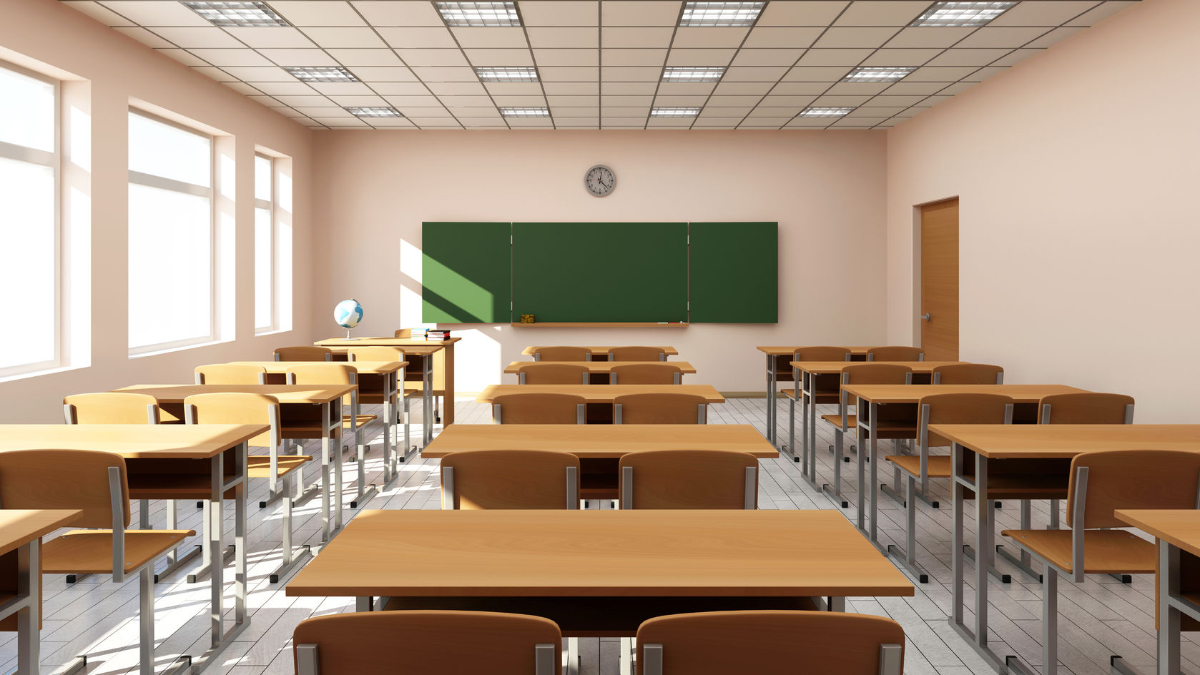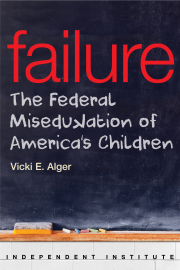Proposition 51, which state voters passed Nov. 8, does nothing to improve how school facilities are paid for. Rather than doubling down on debt to construct needed school facilities, the state should enact sensible reforms that enable all public schools—not just those that can afford powerful lobbyists—to fund ongoing facilities renewal and construction costs.
Switching from debt-based facilities funding to a cash-based strategy could cut current construction and maintenance expenses nearly in half by simply eliminating interest payments. Viewed another way, for the same cost California could buy twice as much as it does now.
California should overhaul its funding formula to include ongoing facilities maintenance because, by using industry formulas and standards, these costs are highly predictable. Taxpayers are on the hook for already approved bonds and interest; they should at least have more fiscally responsible funding options in the future.
Prop. 51, a $9 billion statewide school bond, allocates the lion’s share of the bond monies to district and charter school construction and modernization. When interest on the debt is counted, its true cost nearly doubles to $17.6 billion.
Even before Prop. 51 passed, the state owed $50 billion in principal and interest on school-facility bonds dating to 1988. That debt will cost taxpayers roughly $2 billion annually until 2044. Prop. 51 heaps on an additional $500 million in debt per year for the next 35 years, at a time when student enrollment in California schools is essentially flat. Yet, we shouldn’t have to break the bank just to maintain school buildings—especially given the state’s $400 billion debt.
Under the state’s 20-year-old school-facilities finance system, funding is distributed on a first-come, first-served basis. Maintenance and construction are also not considered ongoing expenses, and funding is not prioritized on need. This means Californians are paying through the nose for buildings long after their expiration date.
The Legislative Analyst’s Office estimates that annual facilities maintenance, modernization and replacement costs for schools statewide would be roughly 4 percent of total replacement cost. That works out to $8 billion annually assuming an average useful building life of 25 years, which would cost approximately $1,300 more per student.
Fixing the facilities financial abyss that is confronting the state can be accomplished in two ways:
- Plan for necessary facilities upgrades and construction for roughly 25 years out from now, assuming all California schools will have the upgrades they need through Prop. 51. District and charter schools should submit an inventory of all buildings and their characteristics. From this inventory a realistic budget can be derived for current and ongoing facilities needs. With an honest and accurate accounting, taxpayers can have a real discussion about priorities, and waste can be eliminated.
- Budget realistically and optimize existing assets. With an accurate inventory and overview of needs, districts can lower costs and free up money to retire costly debt interest faster.
Though the current bonding is set and unlikely to change, it’s high time California takes commonsense steps to start digging itself out of the debt hole it’s created, rather than digging deeper.









